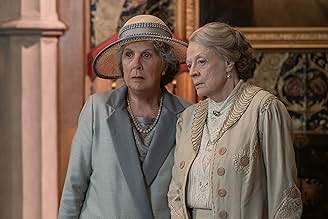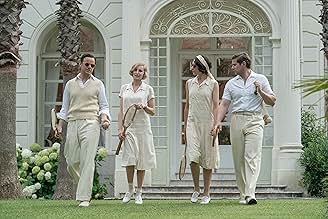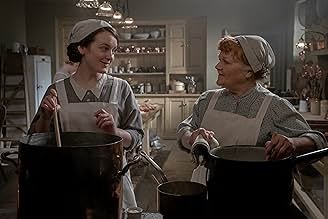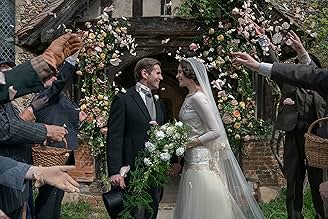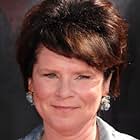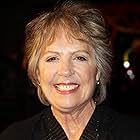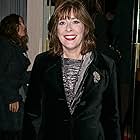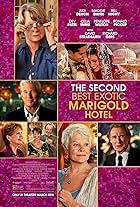The Crawleys go on a grand journey to the south of France to uncover the mystery of the Dowager Countess' newly inherited villa.The Crawleys go on a grand journey to the south of France to uncover the mystery of the Dowager Countess' newly inherited villa.The Crawleys go on a grand journey to the south of France to uncover the mystery of the Dowager Countess' newly inherited villa.
- Awards
- 4 nominations total
Storyline
Did you know
- TriviaIn one scene, Lady Bagshaw and Mr. Carson are mistaken for a married couple. Imelda Staunton and Jim Carter have been married in real life since 1983.
- GoofsThey show two separate pieces of dialogue being recorded on the same disc. This was not possible at the time as no sound editing was possible.
- Quotes
Violet Crawley: Stop that noise. I can't hear myself die.
- Crazy creditsThere is no opening title card, only opening credits; the title card doesn't appear until the end.
- ConnectionsFeatured in Sunrise: Episode dated 16 March 2022 (2022)
- SoundtracksDon't Let That Moon Get Away
Performed by Gwen Jones & Eddie Carroll
Licensed courtesy of Warner Music UK Ltd.
Featured review
Fans of the tv show and earlier film will get the most out of this, with plenty of dangling plot threads deftly picked up and woven into a satisfying series of resolutions.
There's plenty of strongly emotional moments here. It plays like one of the Christmas specials but more so, and combines an appropriately high stakes 19th century historical family mystery with an examination of an industry on the cusp of a revolution, as metaphor for Downton and the Crawleys doing their best to survive in a changing world. Hints are given how they will manage it.
This is not the place to start with Downton, and the movie assumes wise viewers know that. With so many characters, with so much history, the audience are given not so much introductions as little reminders.
As is traditional, Maggie Smith gets most of the best lines, but there are no weak performances. There's even a scattering of wisdom here and there among the drollery and drama.
There's plenty of strongly emotional moments here. It plays like one of the Christmas specials but more so, and combines an appropriately high stakes 19th century historical family mystery with an examination of an industry on the cusp of a revolution, as metaphor for Downton and the Crawleys doing their best to survive in a changing world. Hints are given how they will manage it.
This is not the place to start with Downton, and the movie assumes wise viewers know that. With so many characters, with so much history, the audience are given not so much introductions as little reminders.
As is traditional, Maggie Smith gets most of the best lines, but there are no weak performances. There's even a scattering of wisdom here and there among the drollery and drama.
- How long is Downton Abbey: A New Era?Powered by Alexa
Details
- Release date
- Countries of origin
- Official site
- Languages
- Also known as
- Downton Abbey: Una nueva era
- Filming locations
- Highclere Castle, Hampshire, England, UK(Downton Abbey)
- Production companies
- See more company credits at IMDbPro
Box office
- Budget
- $40,000,000 (estimated)
- Gross US & Canada
- $44,141,550
- Opening weekend US & Canada
- $16,000,495
- May 22, 2022
- Gross worldwide
- $92,651,384
- Runtime2 hours 4 minutes
- Color
- Aspect ratio
- 2.39 : 1
Contribute to this page
Suggest an edit or add missing content







